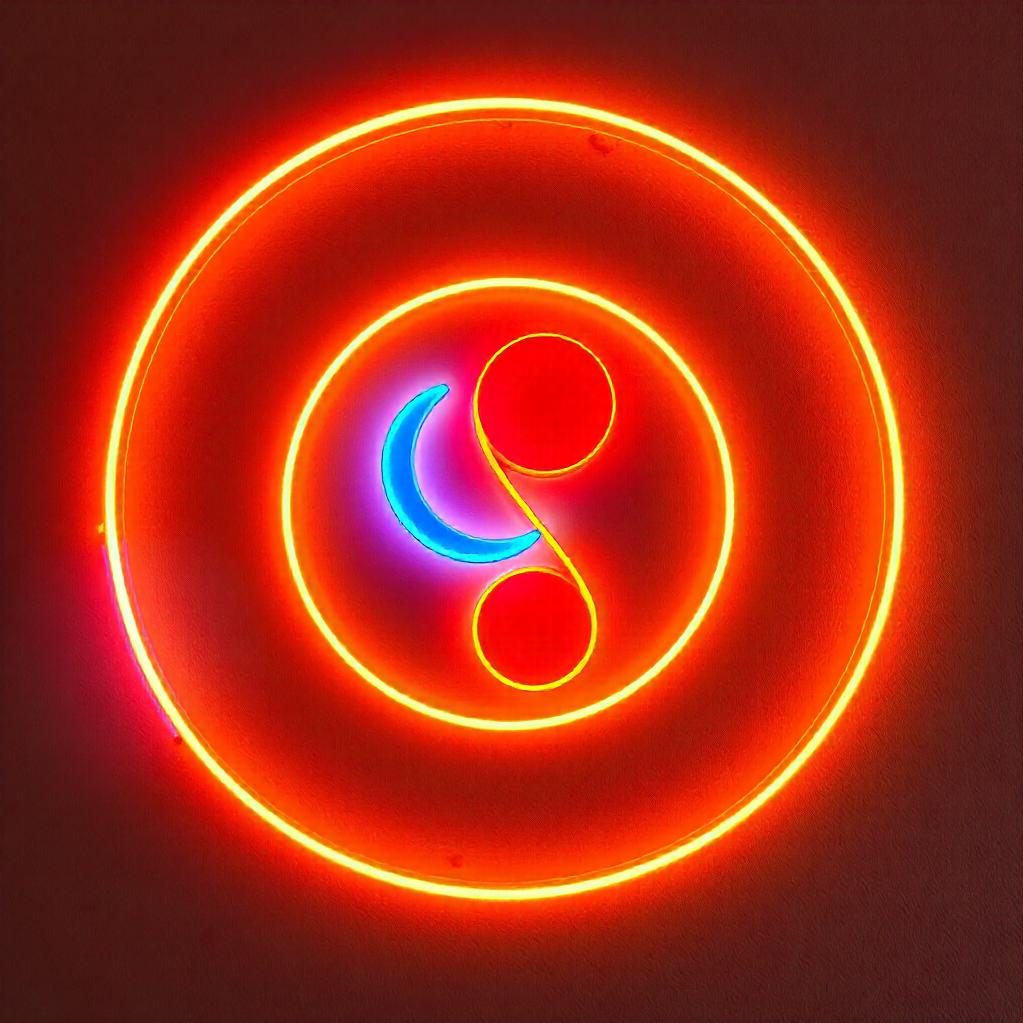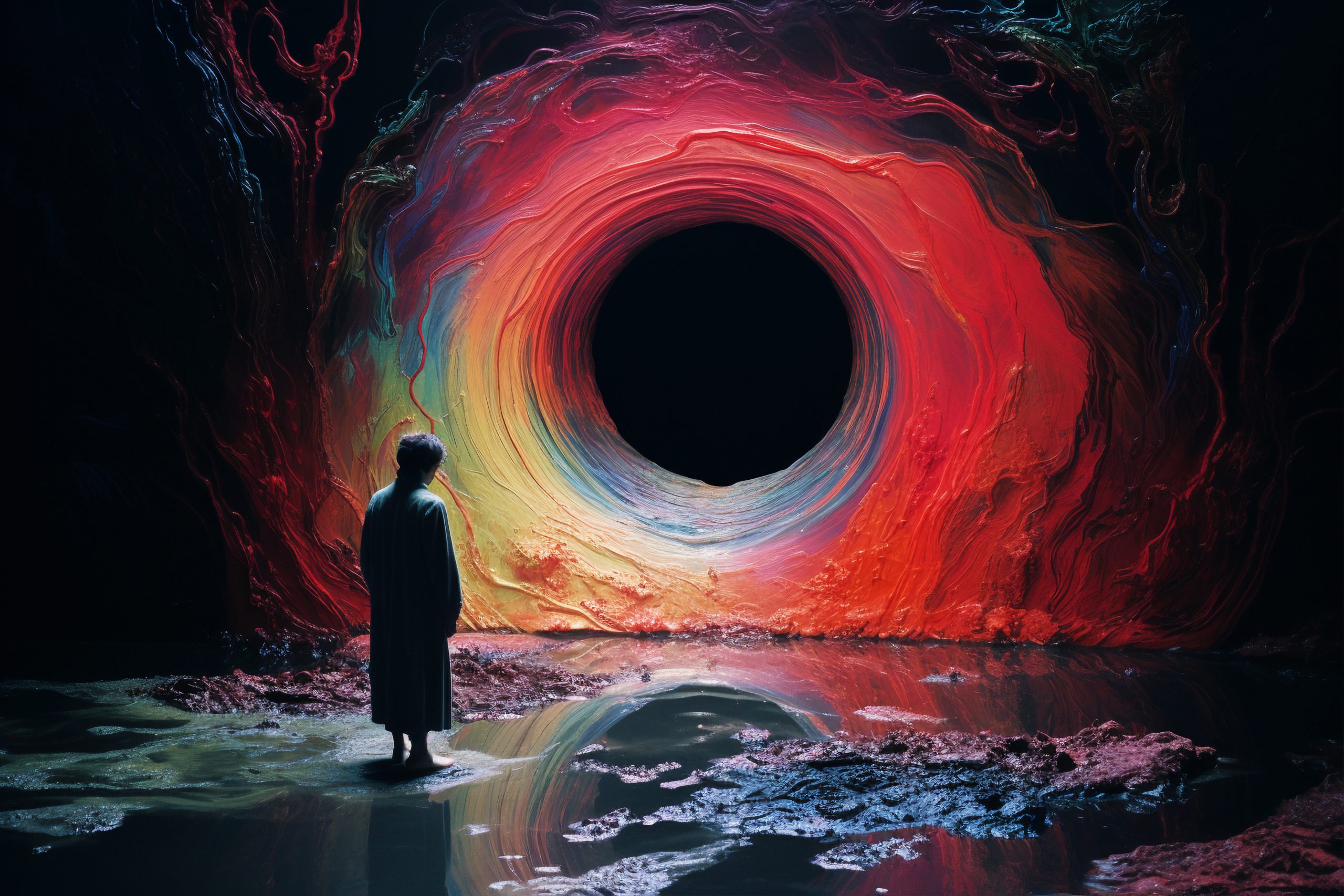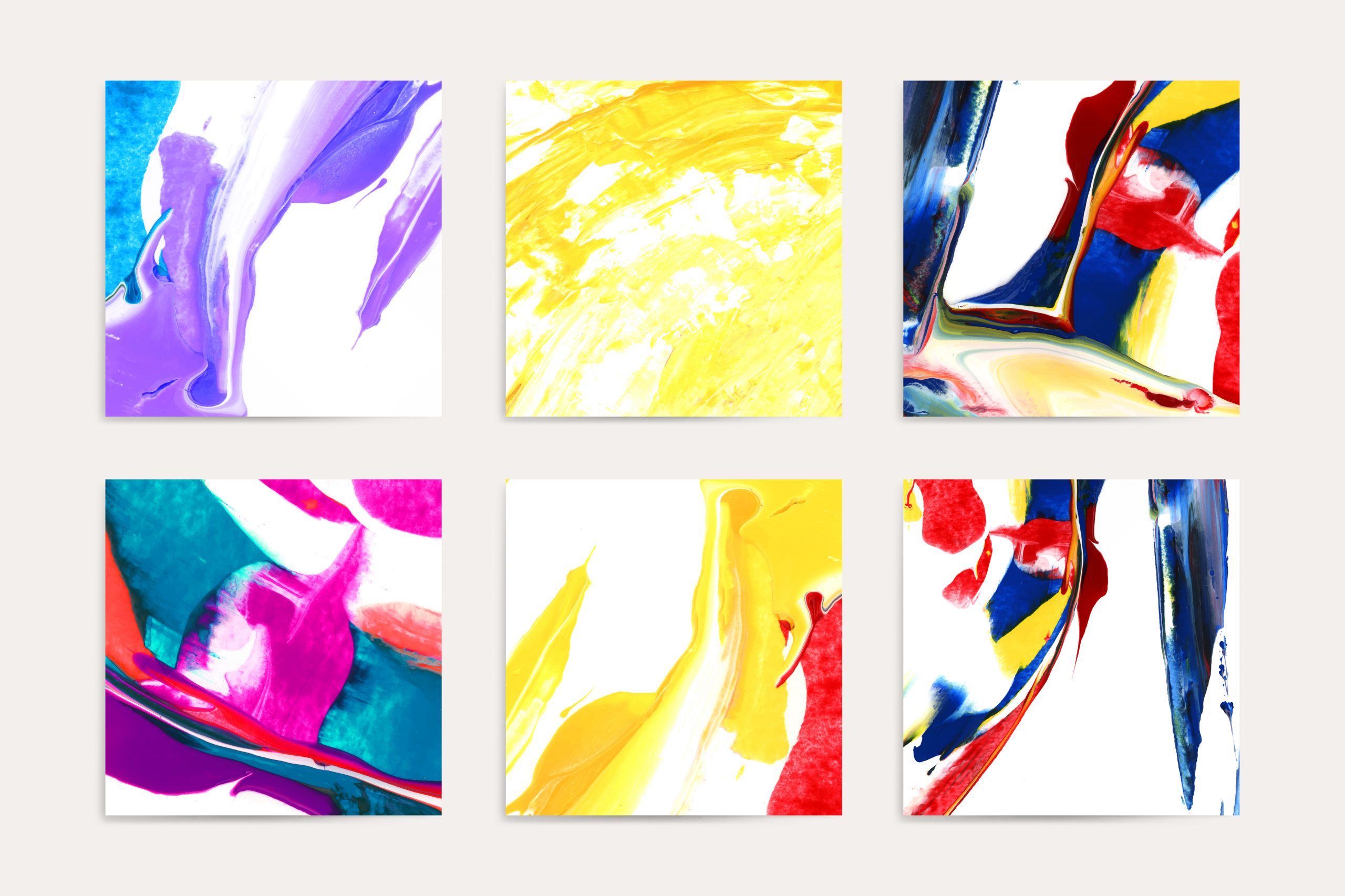The intersection of technology and art has given rise to a new era of creative expression. Modern artists are no longer bound by traditional mediums such as paint, sculpture, or canvas. Instead, they are embracing cutting-edge technologies to explore new ways of creating and experiencing art. From digital installations to AI-generated artworks, technology is reshaping the landscape of contemporary art in profound ways.
1. The Rise of Digital Art
One of the most significant influences of technology on modern art is the emergence of digital art. Artists now use software programs and tools such as Adobe Photoshop, Illustrator, and 3D modeling software to create art entirely on digital platforms. This shift allows for infinite manipulation, experimentation with virtual mediums, and rapid production.
Digital art has expanded the boundaries of traditional art forms, enabling artists to explore new styles like glitch art (art created through digital errors), pixel art, and digital painting. The accessibility of technology has democratized the creation of art, allowing artists without traditional formal training to experiment and showcase their work.
2. Artificial Intelligence in Art Creation
Artificial Intelligence (AI) has emerged as a groundbreaking tool in the world of modern art. AI algorithms can now generate artwork that mimics human creativity, blurring the lines between machine-made and human-made creations. For example, AI-driven platforms like DeepArt or Artbreeder can transform photographs into unique artistic styles or create entirely new pieces by combining existing artworks.
While some see AI as a tool for enhancing creativity, others argue it raises questions about authorship and originality. However, it is undeniable that AI is opening up new possibilities for art creation, making it a fascinating and controversial medium in the modern art world.
3. Virtual Reality (VR) and Augmented Reality (AR) in Art
Virtual Reality (VR) and Augmented Reality (AR) are rapidly transforming how art is experienced. Artists are now creating immersive environments where viewers can step inside a painting or sculpture, interact with it, and even alter it in real-time. With VR headsets, audiences can experience artworks from within, offering a new, multi-sensory perspective.
On the other hand, AR allows for digital enhancements to be layered over the physical world. Artists are experimenting with AR to create interactive public art installations, where viewers can use their smartphones or AR glasses to see digital elements interact with real-world environments.
These technologies allow for a deeper level of engagement, making art more dynamic and participatory.
4. 3D Printing and Sculpture
Another major development is the rise of 3D printing in the realm of sculpture. Artists can now design intricate models on a computer and then bring them to life with 3D printers. This has opened up new possibilities for creating detailed, complex sculptures that would be difficult or impossible to achieve using traditional methods.
3D printing has also enabled artists to work with new materials, such as biodegradable plastics, metals, and even biological substances like living cells, creating works that are more innovative and sustainable.
5. Social Media as an Art Platform
Technology has also influenced the way art is shared and consumed. Platforms like Instagram, Pinterest, and TikTok have become essential for artists to showcase their work to a global audience. Social media has democratized art exposure, allowing artists to gain recognition without the need for traditional gallery spaces.
This shift has also changed how art is perceived and consumed. People now encounter art in smaller, bite-sized pieces through their feeds, often in a context removed from the traditional art world. Social media platforms have become an art gallery in their own right, where trends and new styles emerge at a rapid pace.
6. The Future of Technology and Art
As technology continues to evolve, so too will its influence on the art world. From blockchain-based art and NFTs (Non-Fungible Tokens), which allow for digital ownership of unique artworks, to further advancements in AI and VR, technology is poised to keep transforming the ways we create, experience, and interact with art.
The relationship between art and technology raises exciting possibilities for the future. It invites us to consider the roles of artists, viewers, and machines in the creative process. As technology evolves, so will the nature of art itself, creating an ever-expanding horizon for what is possible.
Conclusion
The influence of technology on modern art has been transformative, providing artists with new tools to create, share, and engage with audiences in ways never before possible. Whether it’s through digital art, AI-generated pieces, immersive VR experiences, or social media platforms, technology has pushed the boundaries of creativity, bringing art to new heights. The future of art is undoubtedly intertwined with technological innovation, making this an exciting time for both artists and art lovers alike.



